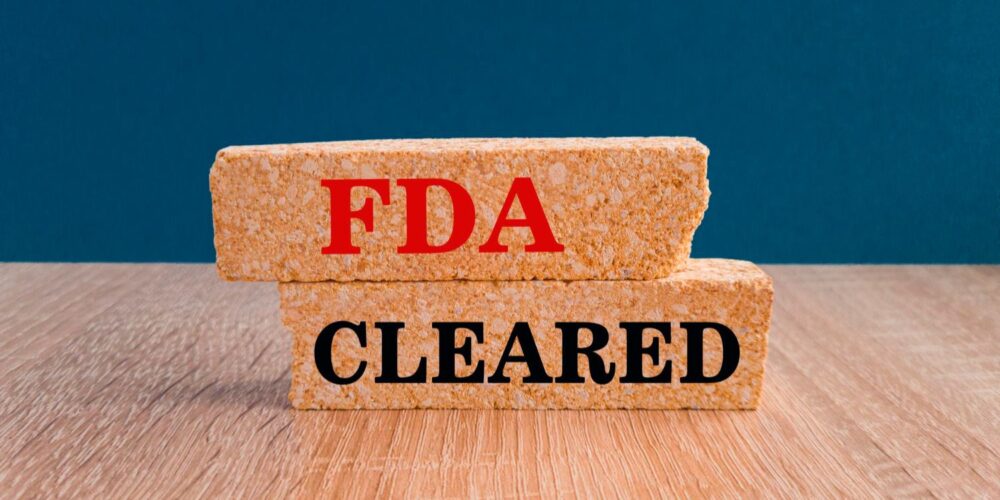Getting a medical device approved in the U.S. isn’t a walk in the park. For companies aiming to enter the market quickly, trying to handle everything alone can be risky and overwhelming. This is where Cert3Global steps in. With a proven track record, this company has become the go-to name for FDA 510(k) Consulting Services. By choosing Cert3Global, you’re not just getting help with paperwork; you’re gaining a trusted partner who knows the ins and outs of U.S. regulatory requirements.
Why Going Solo Is a Gamble
Many businesses underestimate how complex the US FDA 510k consulting process really is. Submitting without expert help can lead to:
- Costly delays caused by missing or incorrect documentation.
- Loss of resources from repeated submissions and revisions.
- Missed market opportunities because of approval setbacks.
One misstep can easily push your launch date back by months. That delay could mean lost revenue, lost trust, and even losing your competitive edge.
The Cert3Global Advantage
So, why place your confidence in Cert3Global? It’s simple. They specialize in guiding medical device companies through every step of the FDA’s clearance process. Their team of FDA 510k consultants ensures nothing slips through the cracks.
Here’s what makes Cert3Global stand out:
- Expert Knowledge – Their specialists stay on top of the latest regulatory updates and FDA guidelines.
- Tailored Strategies – Every device is unique, and so is every submission. They customize solutions to your product.
- Thorough Documentation – From preparing summaries to technical details, they ensure every document is accurate and ready.
- Time-Saving Process – With professionals handling the process, you can focus on business growth while they manage compliance.
- Clear Communication – They break down the technical jargon and keep you updated at each stage.
How Cert3Global Simplifies FDA 510(k) Submissions
Partnering with Cert3Global means you don’t have to stress over regulatory red tape. Their approach ensures a smooth, structured process that takes the weight off your shoulders.
Here’s what you get when working with them:
- Initial Assessment – They review your device details and identify the right regulatory pathway.
- Gap Analysis – Their team pinpoints missing data or documentation before submission.
- Dossier Preparation – They prepare a strong submission package aligned with FDA expectations.
- Submission Management – From start to finish, they handle communication with the FDA.
- Post-Submission Support – They stay by your side even after clearance, ensuring compliance continues smoothly.
This isn’t just service, it’s a partnership. And that’s why medical device companies rely on Cert3Global to get it right the first time.
Why Choose Experts Over DIY
Let’s face it—DIY might sound cost-saving at first, but when the stakes are high, cutting corners rarely pays off. With Cert3Global, you gain more than just compliance. You gain confidence, security, and the freedom to focus on your product and your customers.
Their FDA 510 Consulting Services are designed to protect you from the pitfalls of going solo. Every detail is handled with precision, giving your device the best chance at quick approval.

